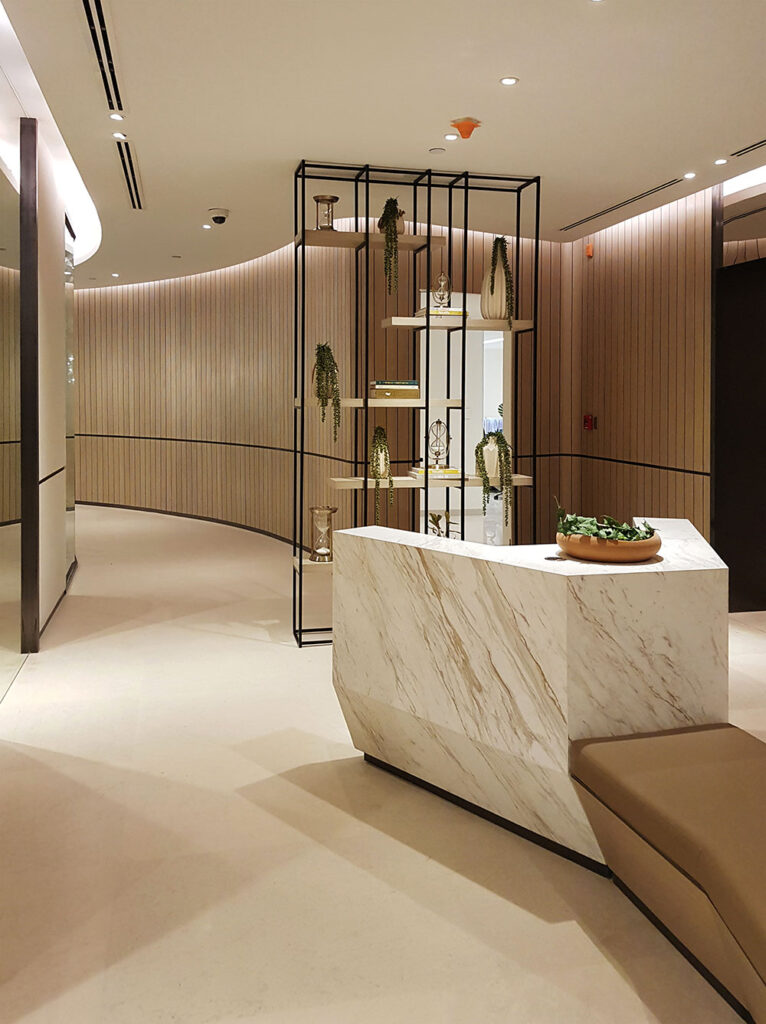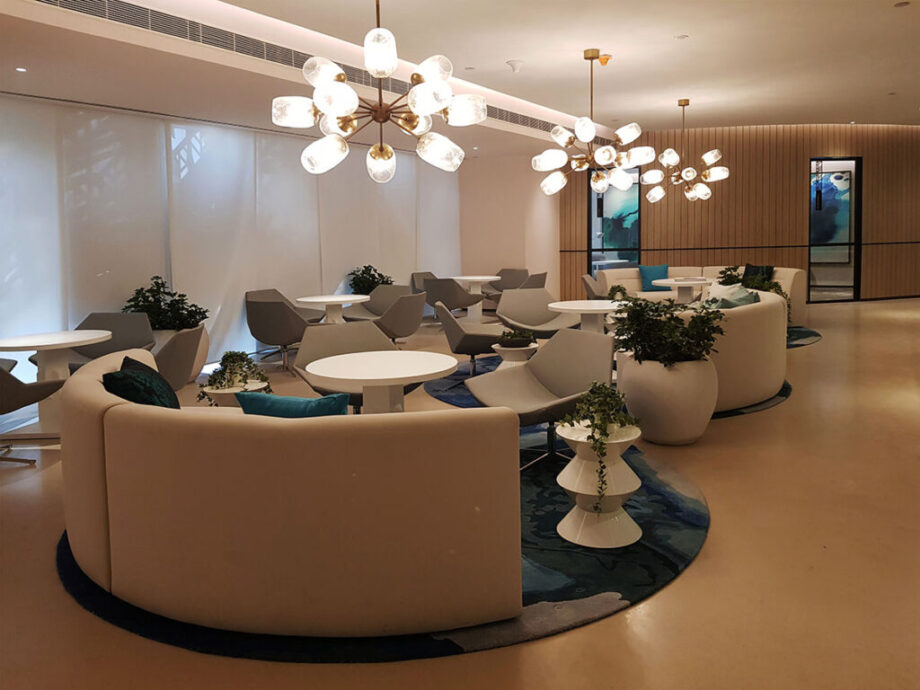Are you having a bad day at work? Feeling demotivated and unproductive? The reason might simply be the inadequate lighting in your workspace. Research says, there is a direct correlation between good lighting and increased levels of productivity in workplaces. Here are a few ways that will aid you to design better lighting for your working environments in order to produce quality work.
Make full use of Natural Light
In a well-designed lighting scheme, natural light works in collaboration with artificial light to accentuate the aura and ambience of a space. In fact, artificial lighting should only be used as an additional layer to balance out the colour temperature suitable for the work environment. Natural light not only provides the most ideal illumination that reinforces one’s productivity to generate better outputs in the workspace but also aids in reducing the overall cost of lighting, which accounts for a large expense in a commercial environment.

Avoid Shadows and Glares
Shadows and glares in a workplace can dull the energy of the space or can cause major distractions while working. Usually, shadows are cast by direct or overhead lighting, which makes the use of ambient lighting important in a workspace. Similarly, a natural light source, like a glass window, door or skylight can be responsible for emitting a harsh glare or shadows, making the use of indirect lighting methods such as – louvers, glazing etc essential in space design.
Use Task Lighting
Task lighting aids in providing focused lighting to carry out the work at your desk with ease and comfort, leading to overall increased efficiency. This type of lighting can layer the ambient lighting, in order to provide a crystal clear vision for all the tasks at your desk like – reading, writing, or working on your laptop.
Choose the appropriate colour temperature
While natural light is best suited for workspaces, it might not be abundantly available in all scenarios, owing to which, choosing the right colour temperature for artificial lighting is very important. Colour temperature determines the tonality and hue of the light in a space. The most ideal colour temperature for a workspace is between 5,000K and 7,000K, which enables a conducive workplace. Lighting with a colour temperature lower than 5,000K will create a relaxed atmosphere, leading to lower levels of productivity and dullness.

Pick light colours for the walls and ceilings
A holistic lighting design successfully integrates space design with innovative lighting solutions, enhancing the potential of the space by many folds. Lighter colours reflect more light, thus contributing to brighter and more productive environments. Owing to this, it is important to pick light colours for walls and ceilings, so that maximum light is reflected from these surfaces so that the light within the space spreads evenly and illuminates the space to suit its function.
Looking at the severe impact of lighting on productivity in workspaces, considering all the factors above while incorporating lighting in space-making becomes a necessity, in order to ensure a motivating and highly dynamic workspace – where individuals are driven, enthusiastic and are able to bring out the best in themselves through their work.


